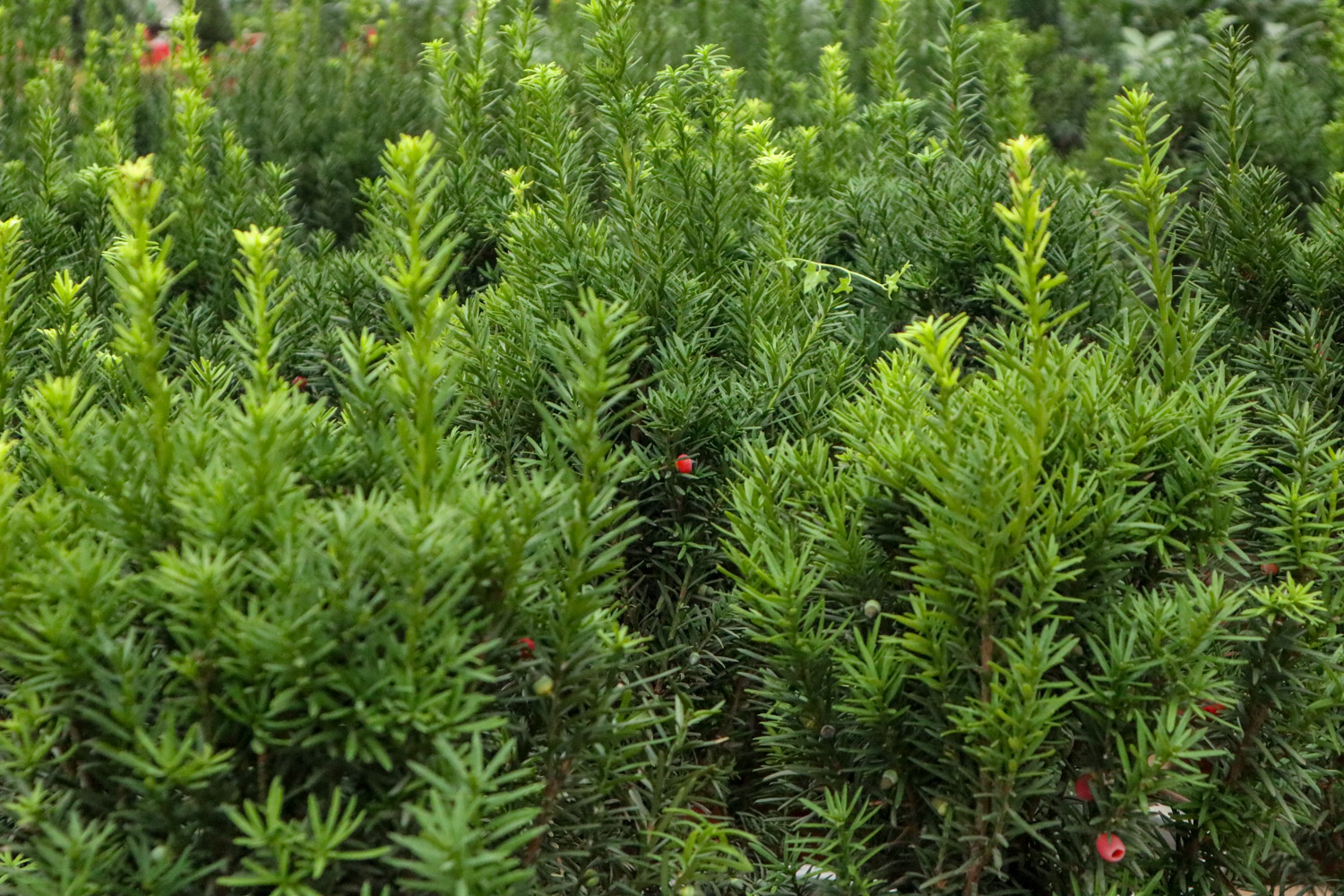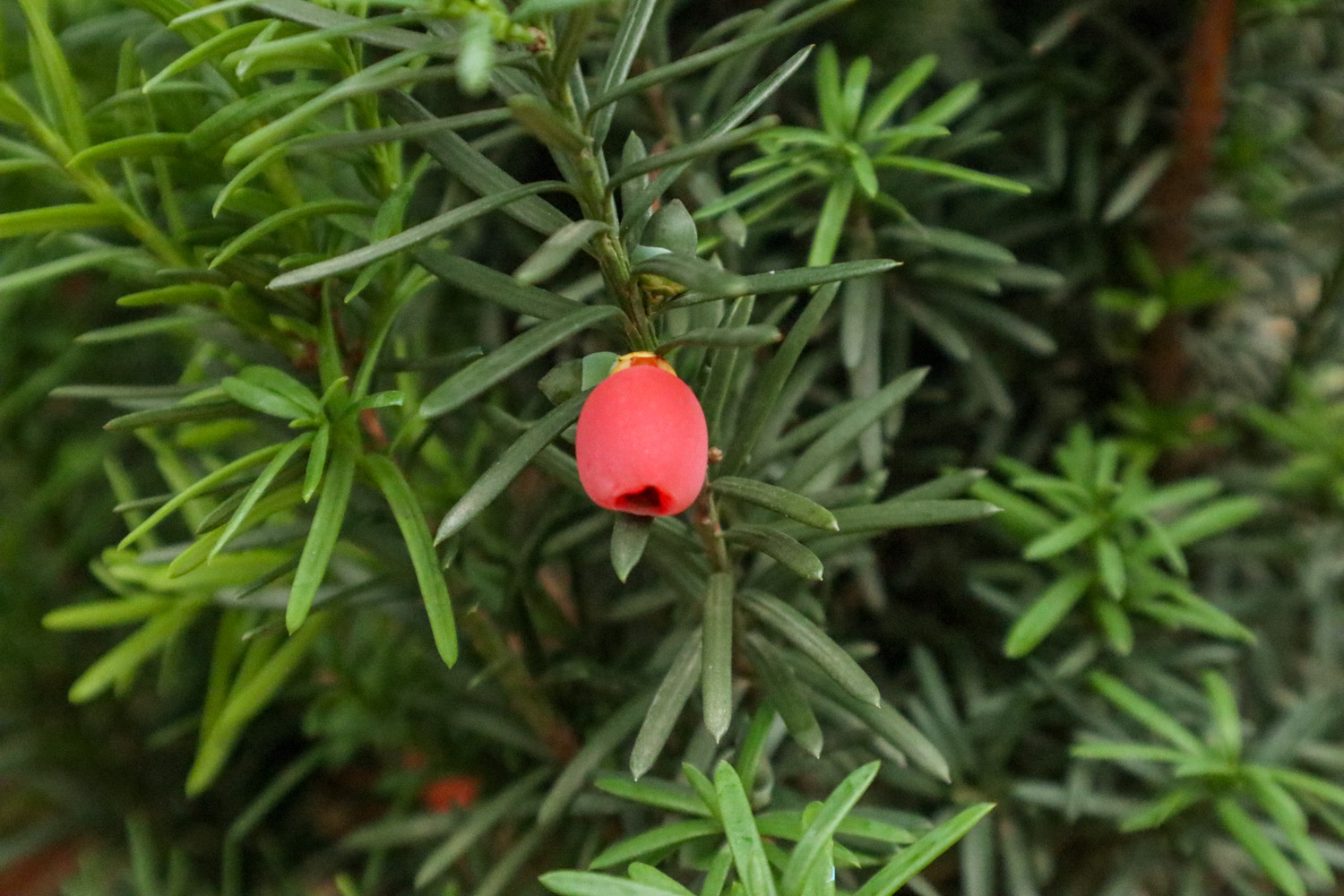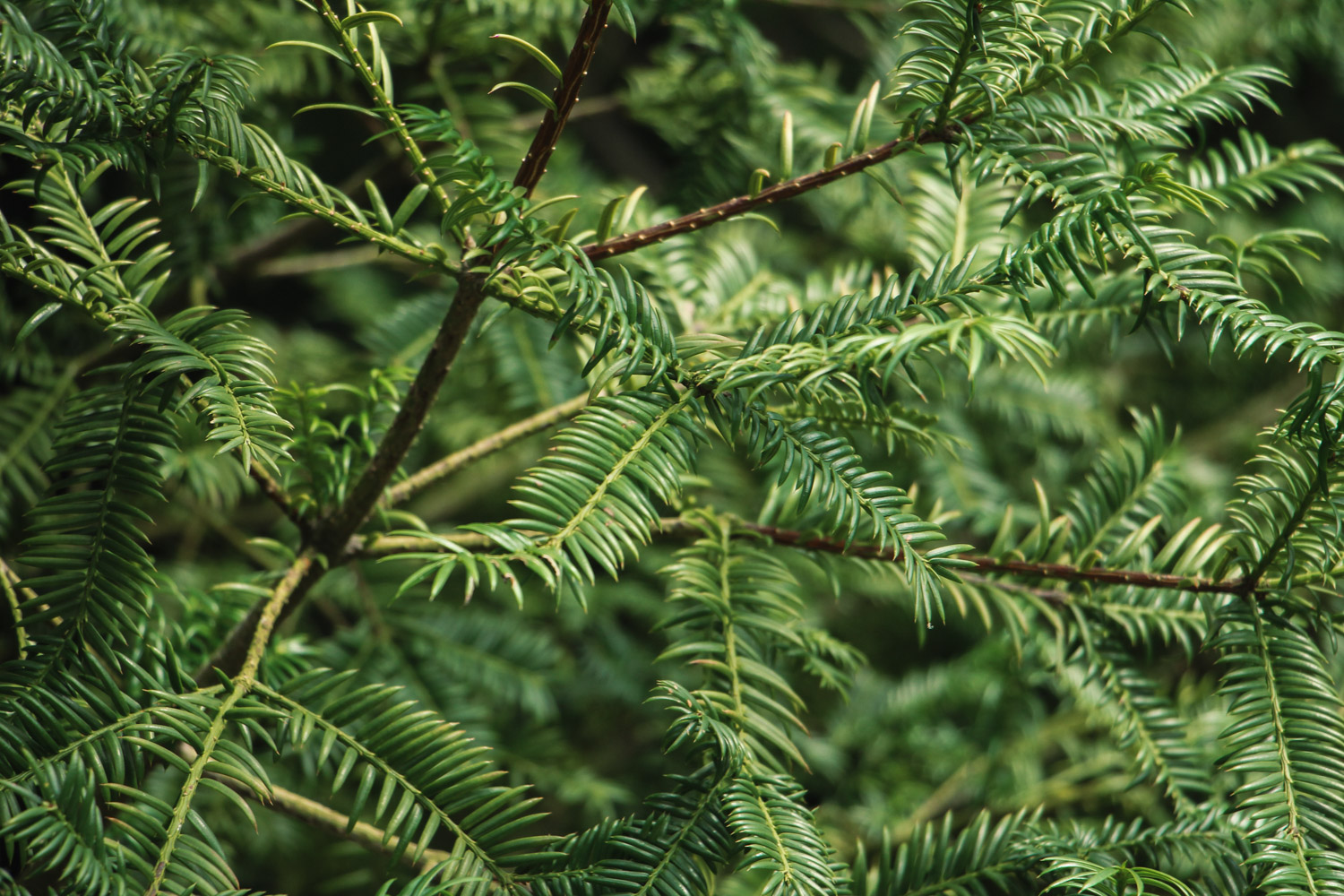1、 Breeding environment
1. Soil: slightly acidic soil that is fertile, loose, water and Fertilizer Retaining can be used
2. Watering: water every 2-3 days in spring. Water every morning and evening in summer according to the situation. Water every 3-4 days in autumn. Reduce the amount of water in winter. Water every 15-20 days; When the temperature is high in summer, water can be sprayed around the room to improve the humidity in the air. Before watering, check the moisture of the soil. If the soil is wet, it is not necessary to water. If the soil is dry, water it appropriately
3. Fertilization: apply the rotten cake fertilizer and water, apply the appropriate amount of base fertilizer from September to October, restore Hefei in early spring, and apply the rotten solid organic fertilizer at the bottom of the flower pot when changing the pot every year
4. Light: Taxus cannot be exposed to strong light, and appropriate shading measures shall be taken in places with strong sunlight

2、 Breeding method
1. Sowing and reproduction: store the seeds for a period of time before sowing. First put the sterilized seeds in the soil, then cover with wet sand, and then cover with about 8 cm thick soil. Avoid strong light irradiation during the seedling period, and leave the bed for 2 years for transplanting
2. Cutting propagation: plant the selected cuttings in the cutting soil and cover them with a film. To avoid being exposed to strong sunlight, spray an appropriate amount of water every day and give it a growth environment of 20-30 ℃. The roots will grow in about a month. After the seedlings grow roots, they can be transplanted

3、 Common diseases and insect pests
1. Common diseases: white silk disease and stem rot are the most serious. Spray bactericides in time after the disease occurs. At the same time, reduce the temperature of the soil to avoid burning the roots, and clean up the diseased leaves in time to avoid secondary infection
2. Common insect pests: aphids, scale insects, etc., will endanger its normal growth. We can properly raise the natural enemies of aphids, effectively prevent the emergence of aphids, and spray aphids with chemicals


 how many times do yo...
how many times do yo... how many planted tre...
how many planted tre... how many pine trees ...
how many pine trees ... how many pecan trees...
how many pecan trees... how many plants comp...
how many plants comp... how many plants can ...
how many plants can ... how many plants and ...
how many plants and ... how many pepper plan...
how many pepper plan...


























